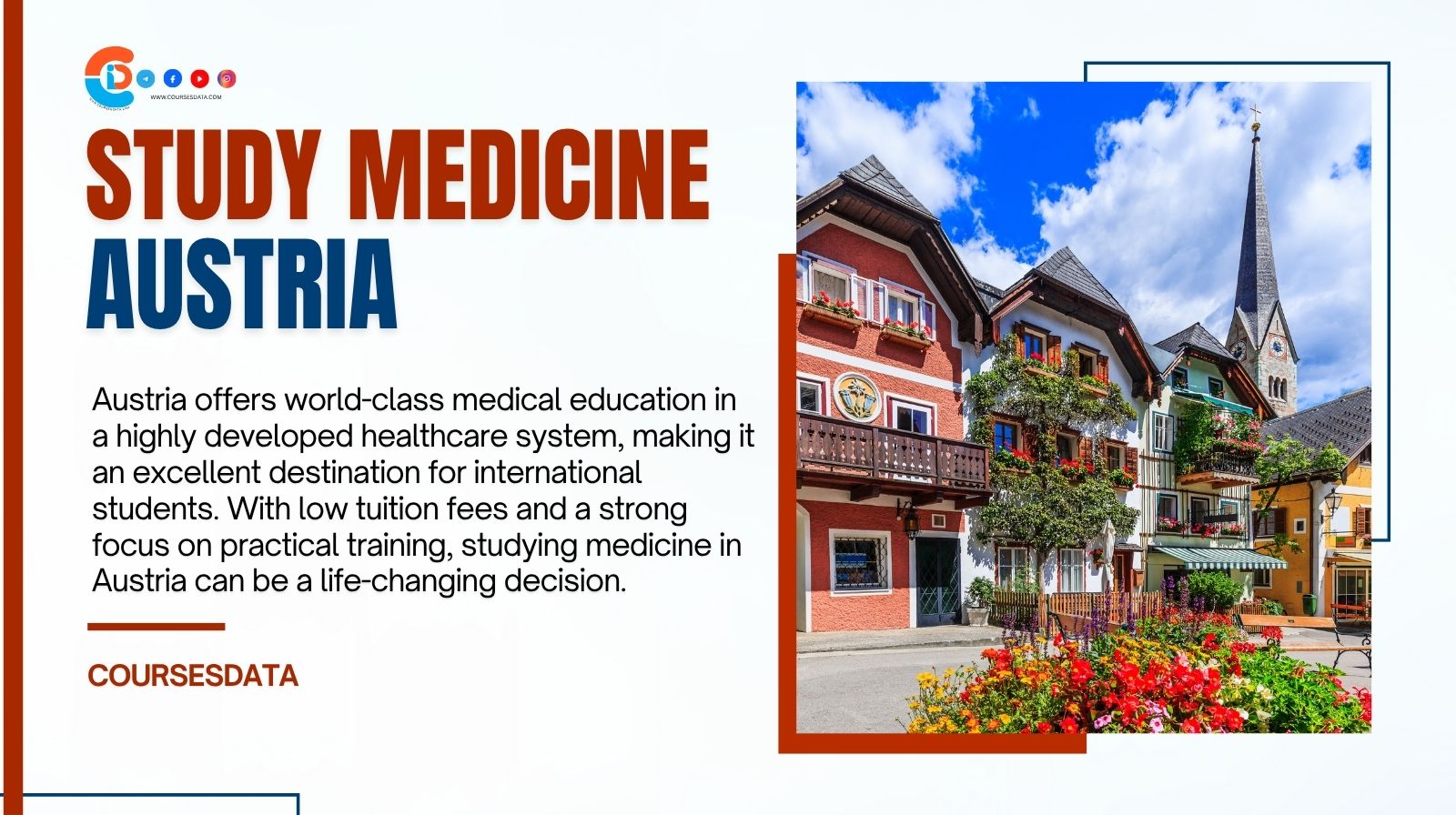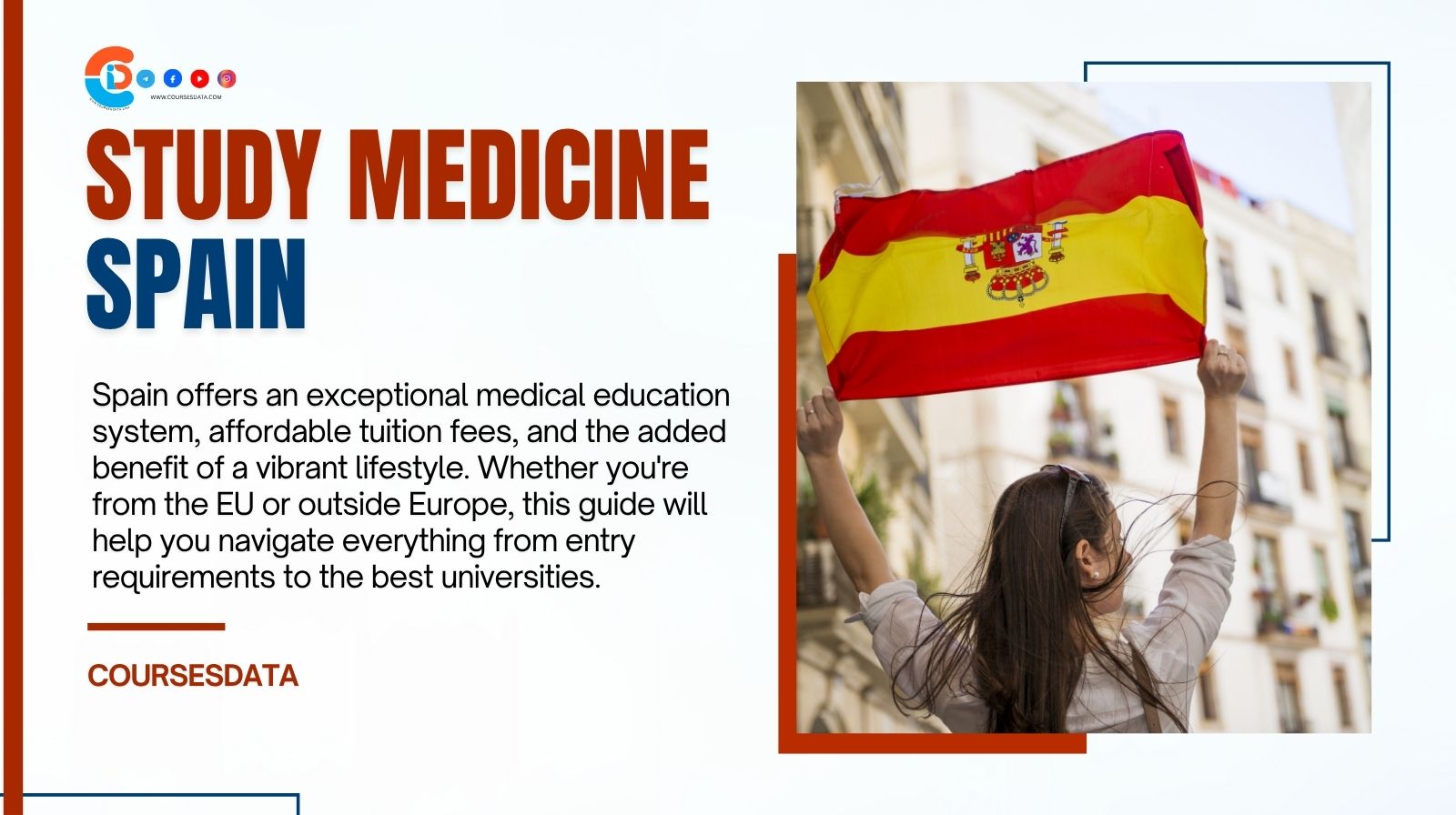
Are you planning to study medicine in Canada and wondering what it takes to get in?
Studying medicine in Canada is a competitive yet rewarding path for students passionate about healthcare. With globally recognized programs, top-ranked universities, and extensive clinical training, Canada offers one of the most comprehensive medical education systems in the world.
Canada stands out for its high academic standards, diverse culture, and supportive healthcare infrastructure. Medical schools here are known for their innovative research and hands-on learning.
Getting into a Canadian medical school requires more than good grades. Each university has specific criteria, but most follow similar standards for academic and non-academic components.
Canada is home to several prestigious institutions known for excellence in medical education and research.
| University | Location | Program Length | Language | Notable Feature |
|---|---|---|---|---|
| University of Toronto | Toronto, ON | 4 years | English | Research-intensive curriculum |
| McGill University | Montreal, QC | 4 years | English | Strong international community |
| UBC | Vancouver, BC | 4 years | English | Largest undergraduate program |
| McMaster University | Hamilton, ON | 3 years | English | Accelerated, problem-based approach |
| University of Alberta | Edmonton, AB | 4 years | English | Integrated clinical experiences |
Medical education in Canada is a major investment, especially for international students. Tuition varies widely depending on the university and student status.
Many Canadian universities offer scholarships and financial aid to help cover tuition and living costs. Options differ by province and institution.
Medical programs in Canada typically span 3 to 4 years and follow a structured, hands-on curriculum with early patient exposure.
After earning an MD, graduates must complete a residency program and pass licensing exams to practice medicine in Canada.
While studying medicine in Canada is more accessible to citizens and permanent residents, several universities do accept international applicants.
It typically takes 3–4 years of medical school followed by 2–7 years of residency, depending on the specialty.
No. Only a few universities accept international students due to seat limitations and provincial policies.
Most schools require the MCAT, except some French-language and select schools like McGill (for certain applicants).
The University of Toronto often ranks highest, followed by McGill and UBC, known for research and clinical excellence.
Highly competitive. Acceptance rates are often below 10%, especially for international applicants.
Yes, Canadian MDs are widely recognized, but licensing requirements vary by country.
English proficiency is required for English programs; French proficiency for programs in Quebec.
Yes. McMaster University offers a 3-year accelerated MD program.
Part-time work is possible, but medical school demands make it challenging.
No. Due to the clinical nature, programs are in-person with hands-on training.
Studying medicine in Canada offers world-class education, rich clinical exposure, and strong career prospects. It’s a demanding path, but one filled with opportunity for those who are prepared.
Looking to advertise, promote your brand, or explore partnership opportunities?
Reach out to us at
[email protected]












Chose where you want to study, and we will let you know with more updates.